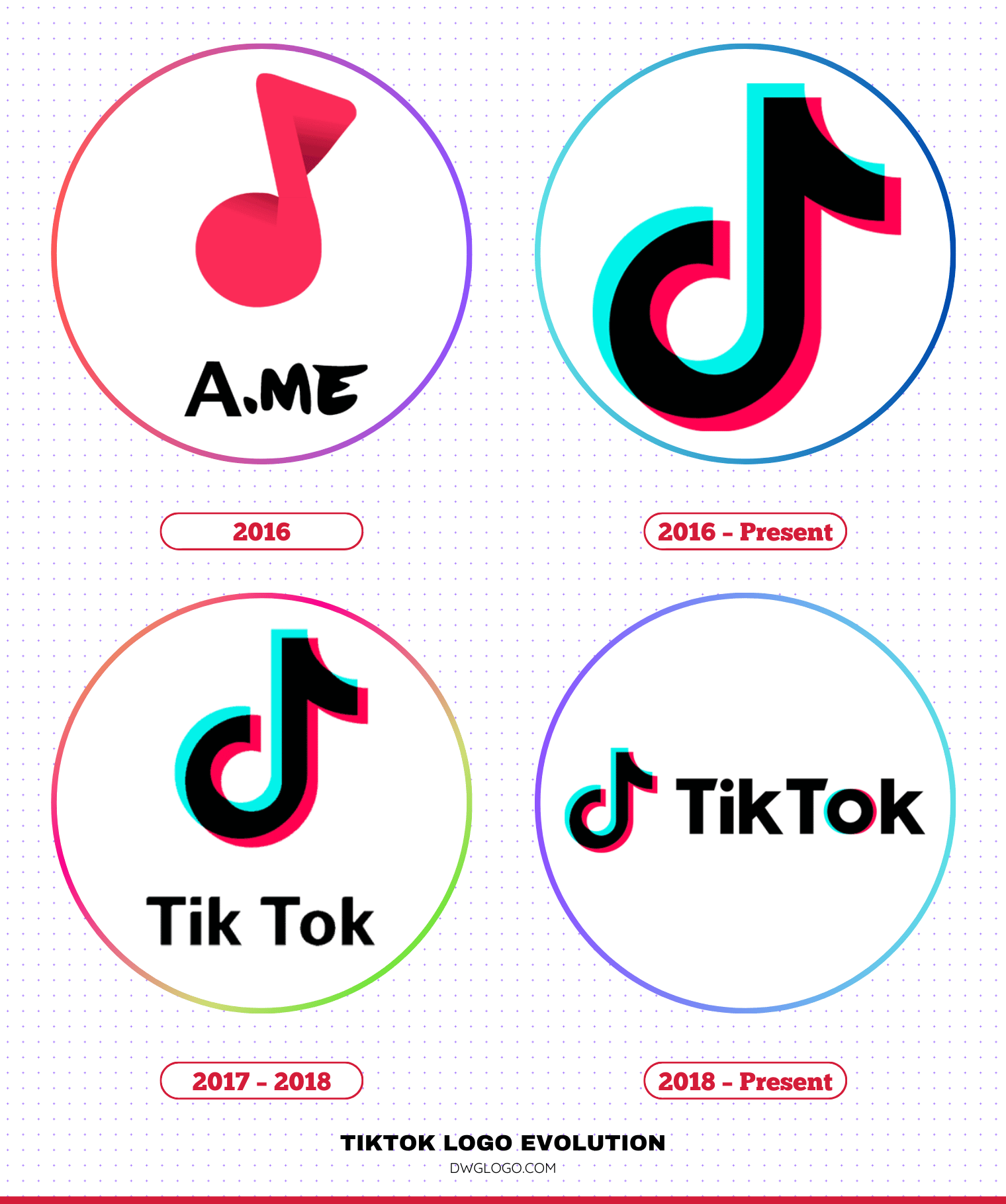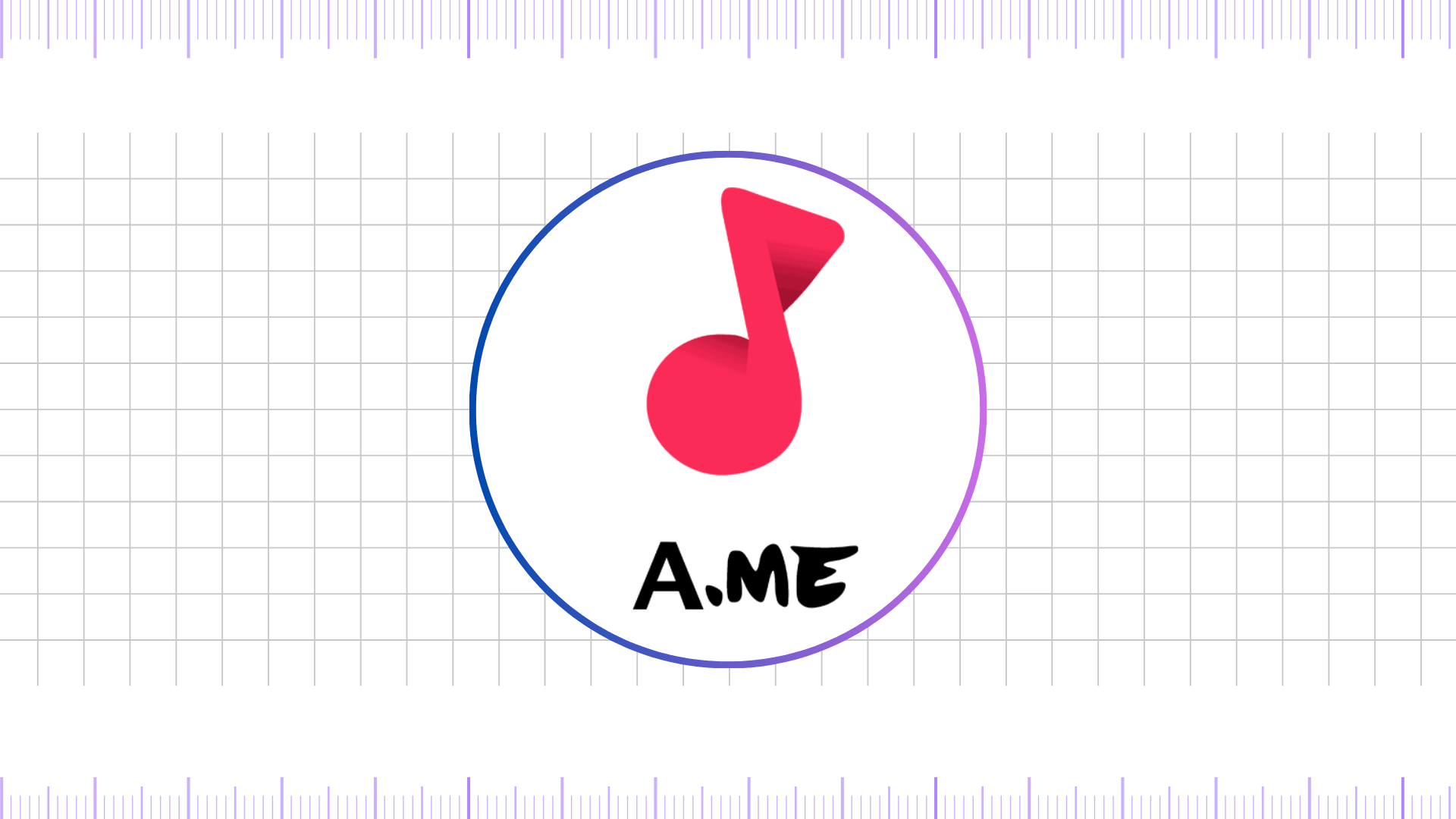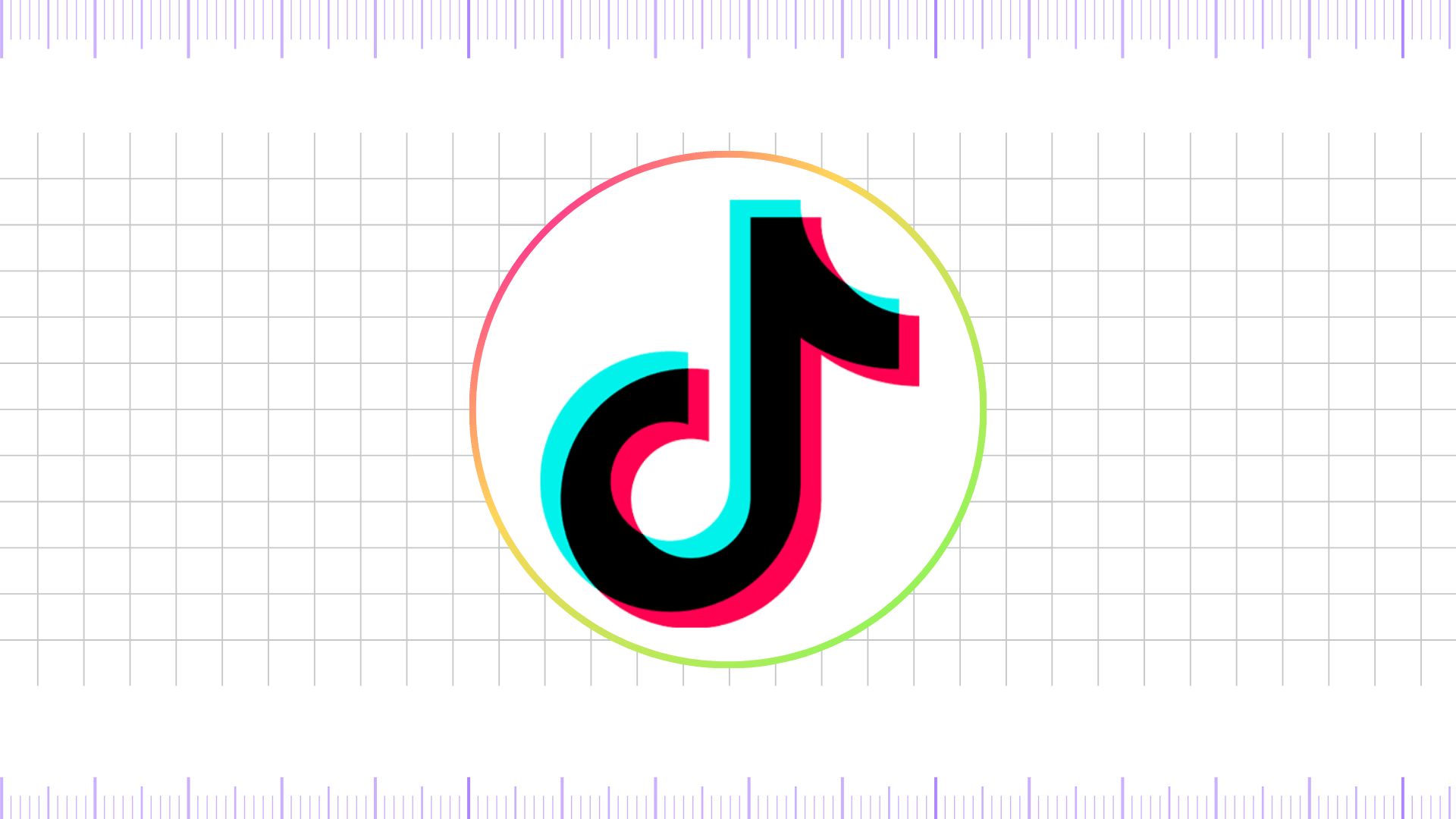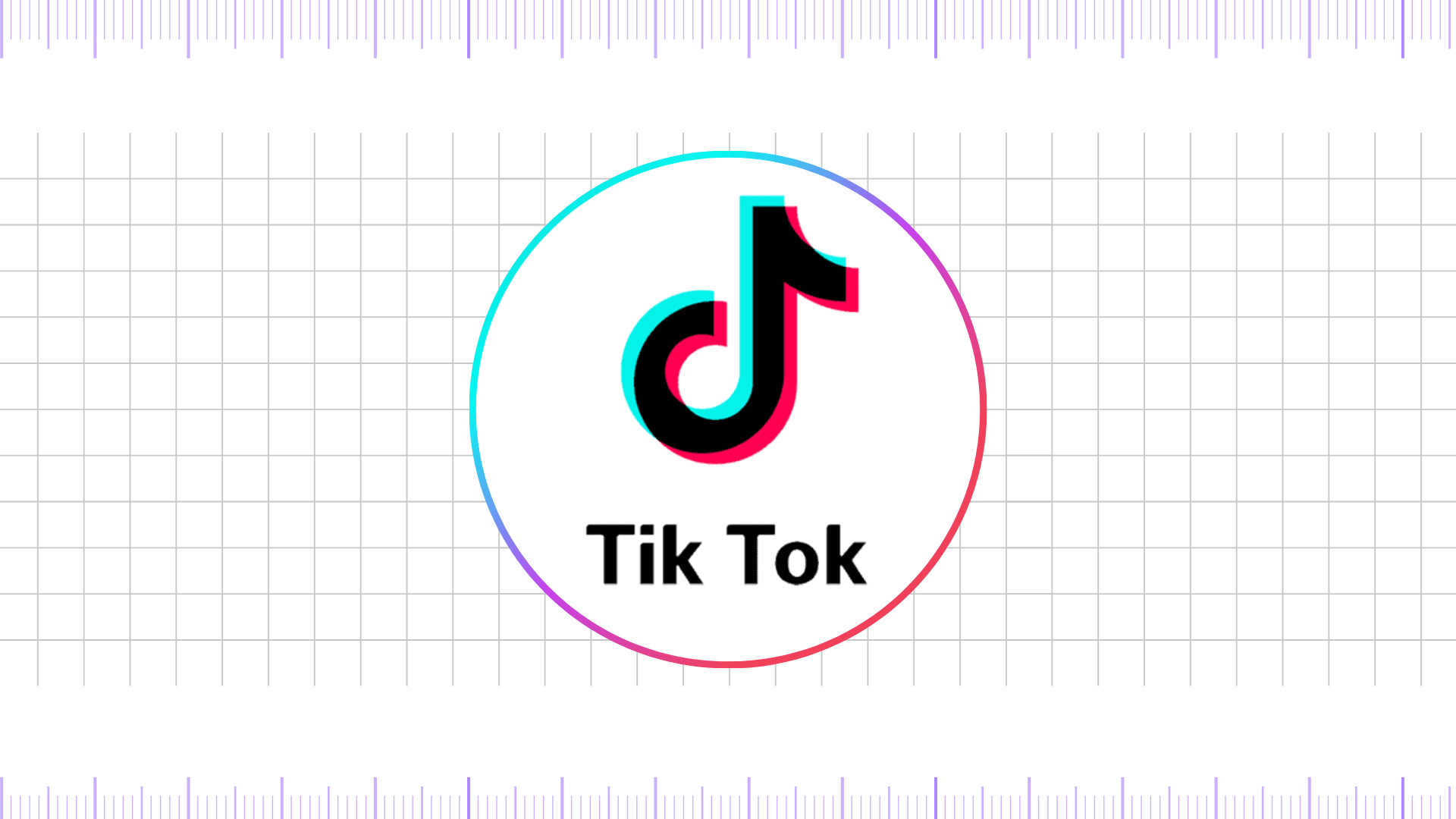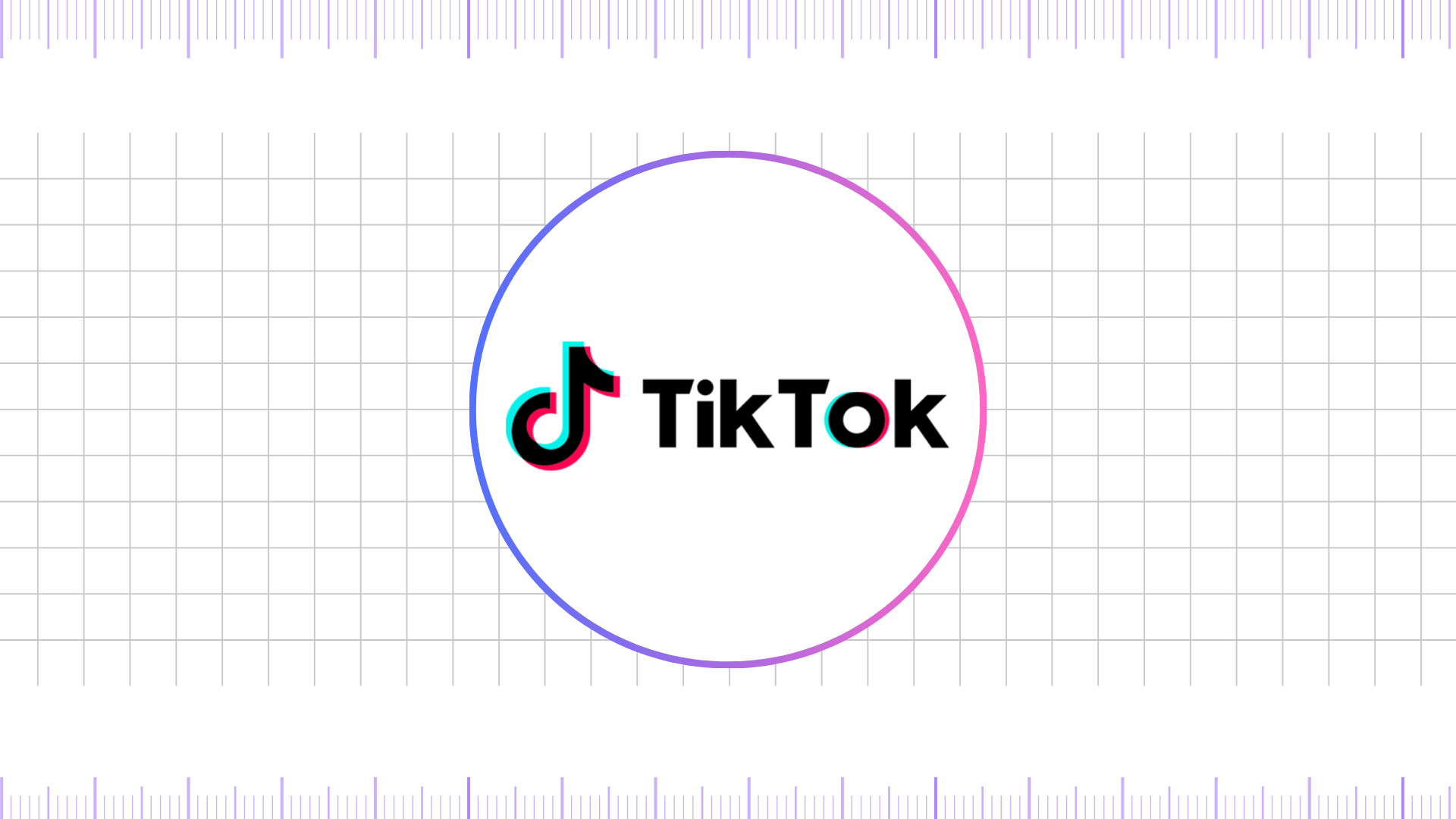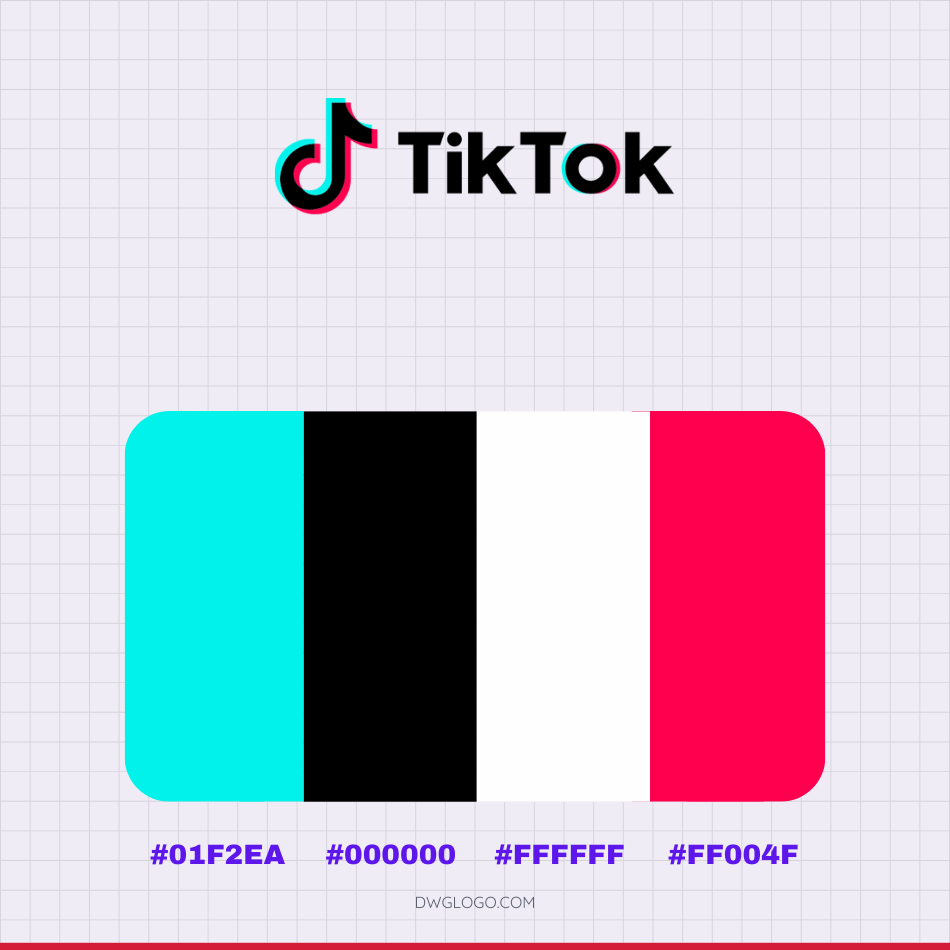TikTok’s journey from a niche Chinese app to a global cultural force is a fascinating case study in rapid digital growth. The platform’s history is marked by strategic acquisitions, continuous innovation, and an uncanny ability to capture the zeitgeist of a new generation. Its evolution can be broadly divided into key phases, each contributing to the app’s current dominance.
The Evolution of a Digital Juggernaut: From Douyin to a Global Phenomenon
2016: The Genesis of Douyin ️
The story begins in September 2016, not with TikTok, but with its Chinese counterpart, Douyin (抖音). Created by the Chinese technology company ByteDance, Douyin was launched as a short-form video app with a focus on music and lip-syncing. It was developed in just 200 days and quickly gained traction in the Chinese market, amassing over 100 million users and more than one billion video views daily within its first year. This early success was driven by a sophisticated recommendation algorithm, which would become the cornerstone of the platform’s user experience. While Douyin was primarily a domestic product, ByteDance’s founder, Zhang Yiming, had a clear vision for global expansion, recognizing that a domestic-only focus would limit the company’s potential.
2016 – Present
The new app symbol featured a musical note as its centerpiece, while the designers enhanced it with a unique effect resembling 3D colors when viewed without glasses. Alongside this, the TikTok text on the logo created a balanced and recognizable identity, combining playful visual elements with a modern digital aesthetic.
2017 – 2018
TikTok’s origins trace back to 2016 when the Chinese company ByteDance launched Douyin, a short-form video app, in China. Its international counterpart, TikTok, followed in 2017. However, the true catalyst for its global expansion was the acquisition and subsequent merger with Musical.ly in late 2017. Musical.ly was a popular lip-syncing app with a strong foothold in the US and Europe, particularly among a younger demographic. This strategic move was a masterstroke. ByteDance didn’t just acquire a competitor; it absorbed an existing, engaged user base and a platform already familiar with the concept of short-form, music-centric video creation.
The merger, finalized in 2018, seamlessly transitioned Musical.ly’s millions of users to the TikTok platform, catapulting its user count overnight. This period, from 2016 to 2018, was about building the foundation and laying the groundwork for what was to come. It was a time of consolidation and establishing a beachhead in the Western market, setting the stage for the explosive growth that followed.
2018 – Present
The period from 2018 onwards marks TikTok’s ascendancy to a global phenomenon. After the Musical.ly merger, the app’s growth accelerated at an astonishing rate. The key to its success was its sophisticated and highly effective For You Page (FYP) algorithm. Unlike other social media platforms that rely on a user’s social graph (friends and followers) for content discovery, the FYP delivers a personalized stream of content based on a user’s viewing habits, likes, shares, and even the time spent on a video. This addictive feedback loop keeps users endlessly engaged, serving up a continuous stream of new and relevant content from creators they may not even follow.
This algorithmic-driven discovery democratized content creation, allowing anyone to go viral, regardless of their follower count. This era also saw the rise of viral trends and challenges, from dance crazes to comedy skits, which became a core part of the app’s culture. These trends are not just fleeting fads; they are a form of collective participation, encouraging users to replicate and add their own spin to a shared experience. The app also expanded its features, introducing duets, stitches, and a robust suite of editing tools, making it easier for users to interact with and remix existing content.
Symbol font and color
Since 2017, the graphic part of the logo has been supplemented with the inscription “TikTok”. At first, “Tik” and “Tok” were written separately, with a wide indentation, but later they were combined into a single word. This happened in 2018. Then the letter “o” appeared with a purplish blue outline, like a note.
In addition, the designers slightly modified the style of the characters: they replaced the square dot on the “i” with a round one and shortened the lines of the “T” and “k”. But the basic typeface has remained the same. The developers have relied on a well-read sans-serif font, because in their opinion, it is ideal for a brand.
The arrangement of the elements is not regulated: the text can be placed both below the note and to the right of it. Depending on this, its size varies slightly. When both parts of the logo are close in the horizontal plane, the inscription “TikTok” is the same as the graphic symbol.
Aside from the classic version, there are three more color palettes with a white, pink, and blue background.
FAQ’s
Why was the merger with Musical.ly so important?
The merger with Musical.ly was a pivotal moment because it gave TikTok instant access to Musical.ly’s large and loyal user base in the Western world, particularly in the U.S. and Europe. This move dramatically accelerated TikTok’s global expansion and cemented its position in the market.
When did TikTok officially launch?
The international version of TikTok was launched in September 2017. However, its predecessor, Douyin, was launched in China in September 2016.
Reference: [1]
